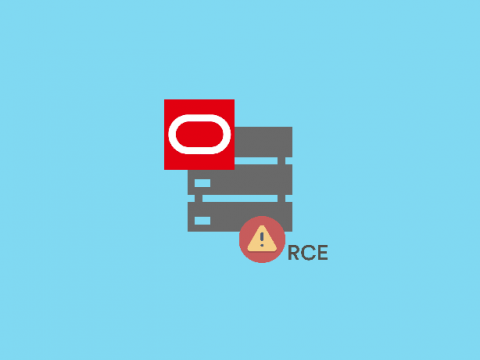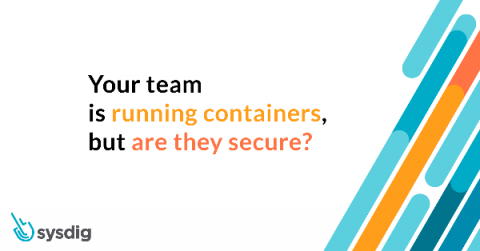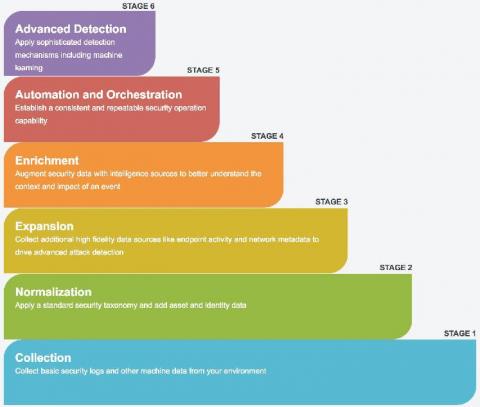Facts About Computer Viruses & Malware (including 6 Virus Myths)
Our article provides an overview of the most common forms of computer viruses along with some punches of computer fun facts, history & interesting facts about computer viruses and other types of malware. A few weeks ago, we also published cyber security glossary, simplifying geeky terms for general readers.











